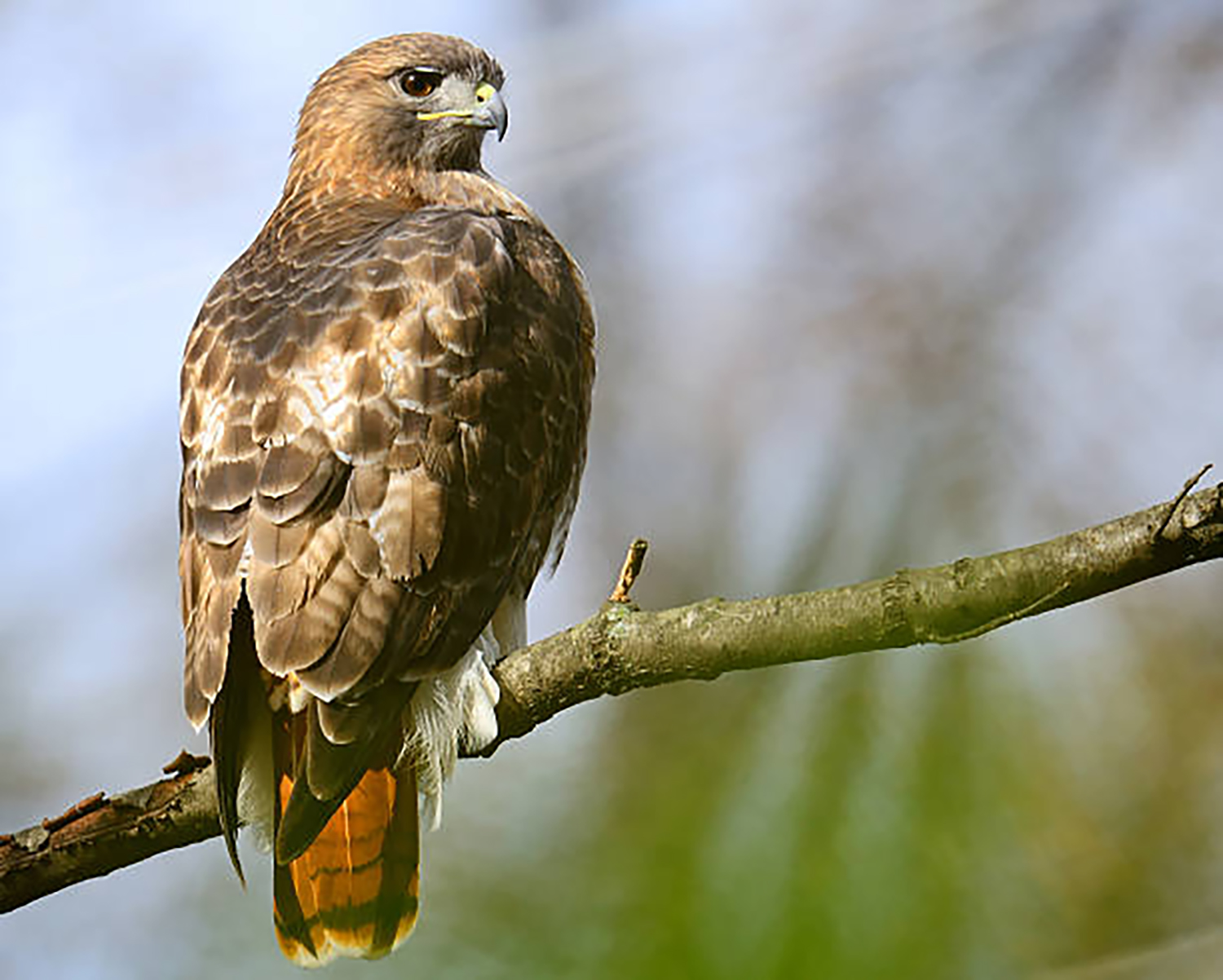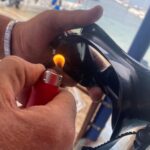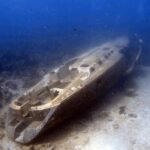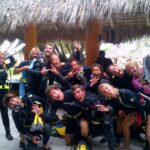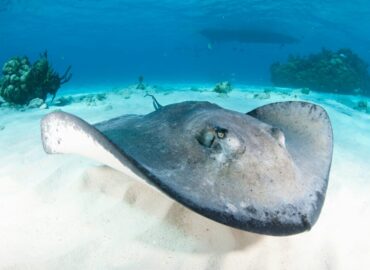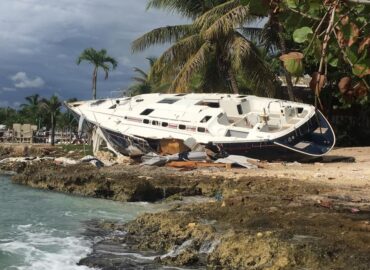A great site for beginner divers and also for advanced divers. This site can be explored also by snorkelers.
Guaraguao is a fairly shallow reef located in the Parque Nacional del Este with a maximum depth of only 40 feet. It is a man-made archaeological site where ancient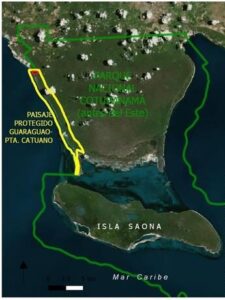 cannons, cannonballs and muskets were brought from a sunken galley for divers to enjoy. You will see typical Caribbean life such as nurse,
cannons, cannonballs and muskets were brought from a sunken galley for divers to enjoy. You will see typical Caribbean life such as nurse, 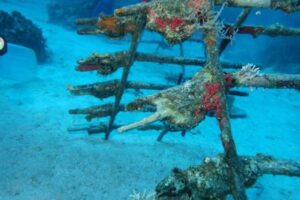 possible eagle rays, turtles, manta rays and many fish: snappers, angel fish, grunts, parrot fish and groupers. We have several buoys moored within this area, normally 2 and they both identify zones rich in marine life and interesting for uderwater exploration.
possible eagle rays, turtles, manta rays and many fish: snappers, angel fish, grunts, parrot fish and groupers. We have several buoys moored within this area, normally 2 and they both identify zones rich in marine life and interesting for uderwater exploration.
Do you know why this name?
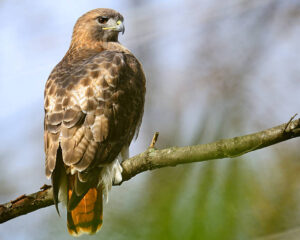
The dive sites lay just in front of Guaraguao National Park. Do you want to know more about Marine Protected Area in Dominican Republic? Guaraguao is one of the official entrances to the 48,825 ha Del Este National Park. The park contains an extensive area of dry forest and adjoining mangrove habitat where you are likely to find White-crowned Pigeon, Hispaniolan Parrot, Mangrove Cuckoo, Hispaniolan Lizard-Cuckoo, Broad-billed Tody, Antillean Piculet, Hispaniolan Woodpecker, Stolid Flycatcher, Flat-billed Vireo, Black-whiskered Vireo, and Greater Antillean Bullfinch. Finally, it is home to the Gauarguao Hawk, also known as the Red Tail Hawk or Chicken hawk.
The Guaraguao, better known in the Dominican Republic as the “Gavilán de la Hispaniola”, used to be a very common sight across the island of Hispaniola. Unfortunately, since the 1980’s numbers have declined dramatically and it is now the most endangered bird on the island – with only approximately 300 known to exist in the wild.
Since 2009 the Central Romana Corporation based in La Romana, the Punta Cana Foundation and The Peregrine Fund, have ran reintroduction projects for the Gavilán de la Hispaniola in various parts of the country, and especially in some areas of land owned by the Central Romana Corporation, such as the town of Pedro Sánchez in the province of the Seibo. Fortunately, these projects have been successful. With many of the birds that were re-introduced having yielded offspring in the wild, meaning that the numbers of the Gavilán de la Hispaniola are finally (slowly) on the rise.

